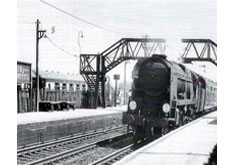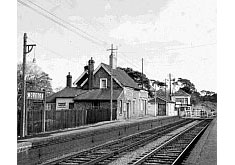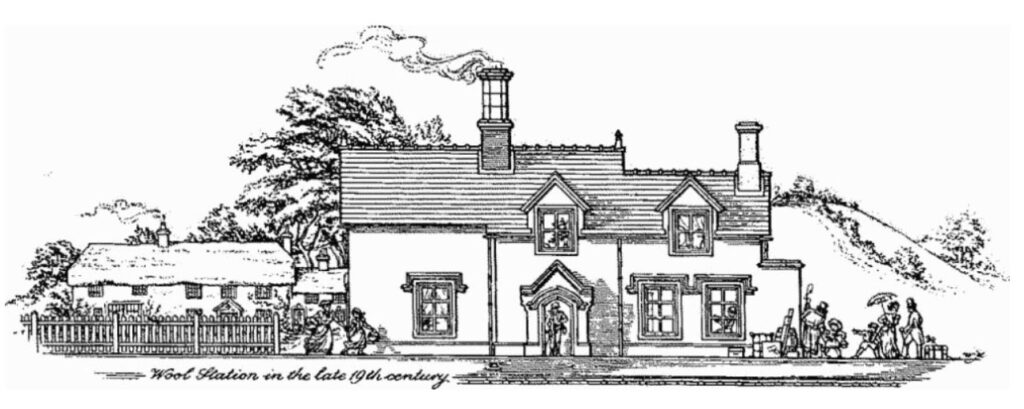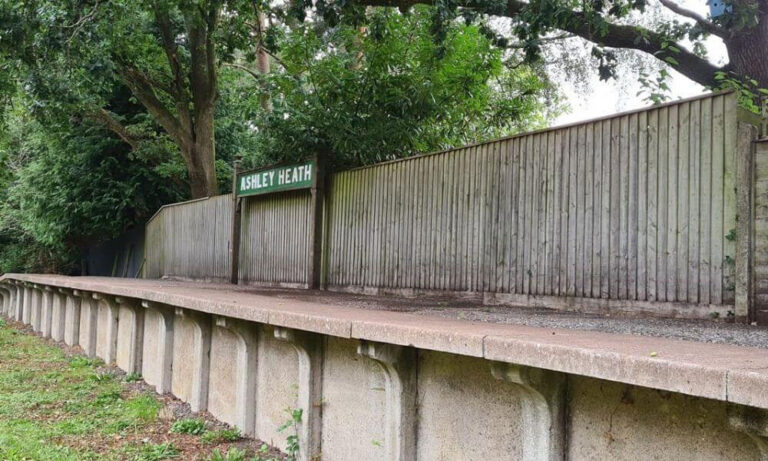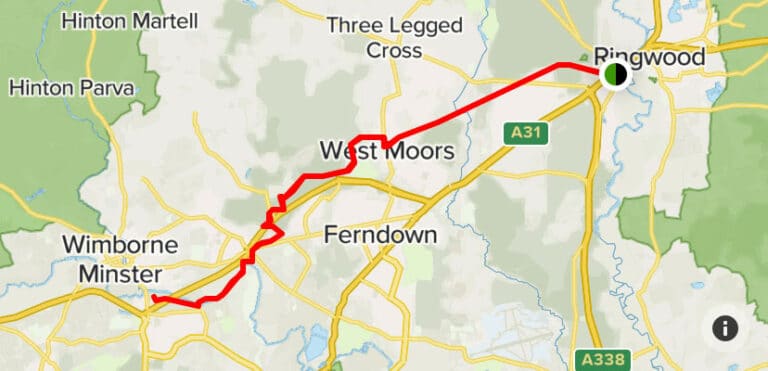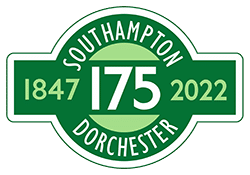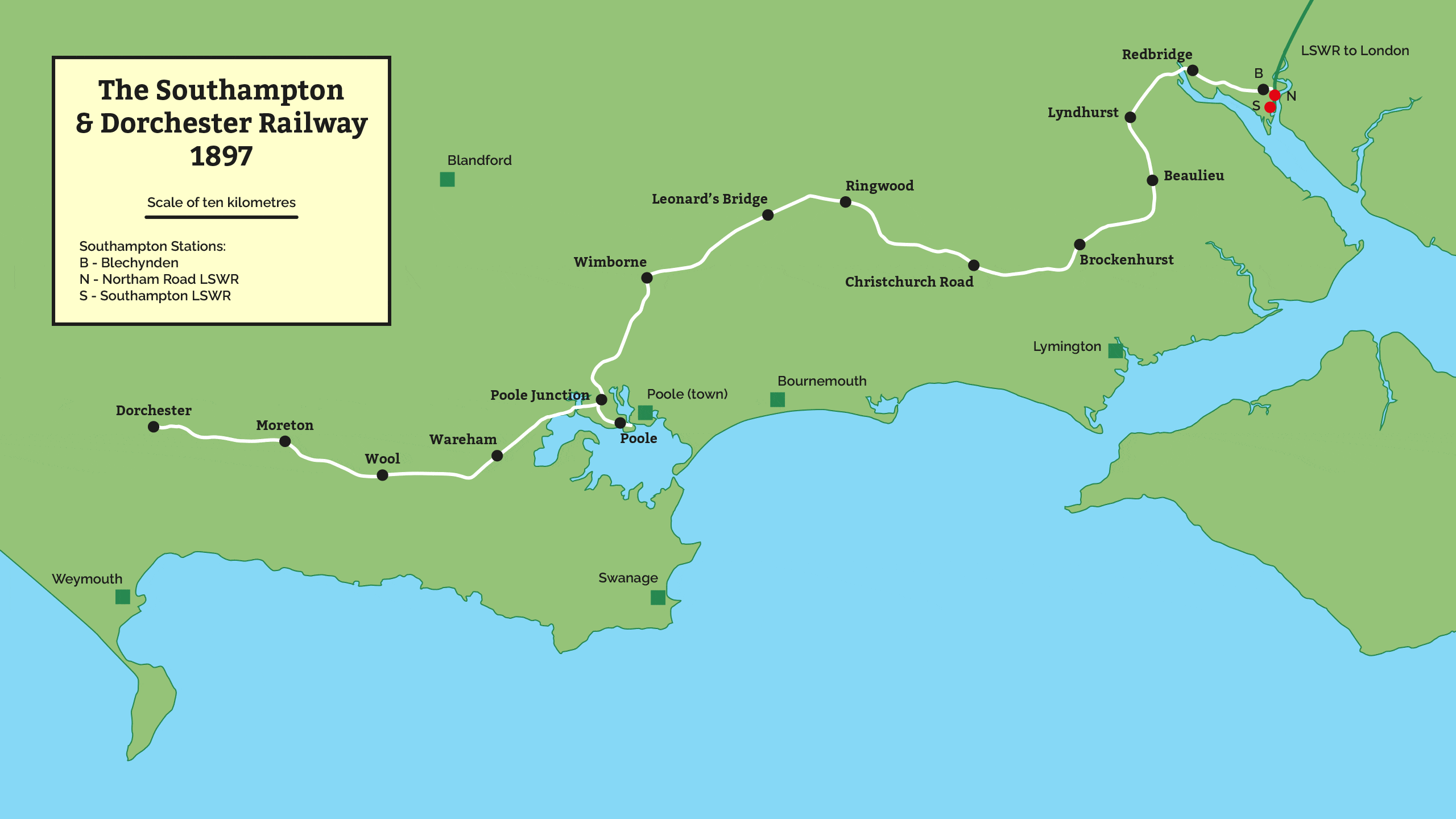
175 Years of the Southampton to Dorchester Railway Line
The Creation of the Line
The Southampton to Dorchester Railway Line was finished in 1847, after Charles Castleman put forward the idea of a railway between Southampton and Dorchester in 1844. It was commissioned a year later, in 1845, and took 2 years to complete. W.S. Moorson was the engineer behind the building of the line, and the Duke of Wellington endorsed its creation. When finished, it was agreed that the London South Western Railway would work the line between Southampton and Dorchester, and when the line was extended to Weymouth it would be worked by Great Western.
The route that Charles Castleman decided on was far from direct, and its winding course earned it the nickname of ‘Castleman’s Corkscrew.’ Castleman wanted to include many settlements between Southampton and Dorchester, resulting in the winding track. As the years passed, cut-offs were created on the line to lessen the distance travelled by through trains.
Originally, there were 13 stations along the line, including Wareham, Wool, Moreton and Dorchester South. One station that was not included in the beginning was Bournemouth, because in 1840 Bournemouth had a population of 200; the railway eventually transformed Bournemouth into the holiday town that it is associated with today. With the exception of the Dorchester Station (now Dorchester South), each of the stations had a two-storey house built in a Jacobean style.
The Mail Train
One of the most important trains to pass through the line daily was the mail train. This train enabled fast communication between the people of the South and people in London. From October 1847, when the line was opened, it became possible for people to receive a letter from London anywhere along the line and send a reply back the same day. This enhanced the social and business lives of the local people and was a key use of the railway line.
Getting from Southampton to Dorchester
When the line was built, there were 5 trains from each direction on weekdays, and 4 trains on a Sunday. It took around 5 ½ hours for the fastest train to go between Southampton and Dorchester.
In the early days of the line, signalling was fairly primitive and accidents along the line were common. It was not until the end of 1847 that the electric telegraph was built along the line, which improved communications and lessened the risk of accidents.
The Line Today
The Southampton to Dorchester railway line still remains in use today, though some parts of the line have been lost over the years. The middle section of the line from Lymington Junction to Hamworthy closed to passenger traffic in 1964, but freight access remained for some time after. In 1965 track lifting between Lymington Junction and Ringwood was completed.
Over the years, as Dorset has developed, more towns were added to the line. For example, in 1870, Bournemouth was reached by the line as it rapidly developed into a holiday destination. Bournemouth is now one of the staple stations of the South, as many still travel to Bournemouth for a seaside getaway.
Parts of the disused section of railway between Ringwood and Hamworthy Junction forms the Castleman Trailway, a walking route that passes through numerous villages, as well as Upton Heath, Upton Country Park and Moors Valley Country Park.
Credits:
The Southampton & Dorchester Railway, 1897 map recreated from original on Wikimedia Commons
The Southampton & Dorchester Railway, 1897 map recreated from original on Wikimedia Commons
Castleman Trailway Map: Hiiker App
Station Diagram (Wool): British History
Castleman Trailway Image: Exploring Dorset




